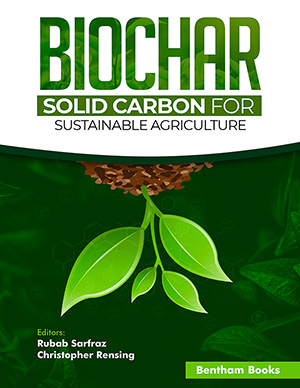
Abstract
Objective: Palladium nanoparticles (Pd NPs) supported on the TiO2 NPs were prepared using Euphorbia thymifolia L. leaf extract. The Pd/TiO2 NPs were characterized by FESEM, EDS, TEM and XRD analysis and were used as nanocatalysts for the reduction of a variety of organic dyes. To the best of the author’s knowledge, this study explains the first report to the synthesis of Pd/TiO2 NPs using Euphorbia thymifolia L. leaf extract.
Method: 1.0 G of TiO2 was dispersed in 40 mL of 0.3 Mm PdCl2 solution and sonicated for 30 min. Then, 20 mL of the plant extract was mixed under continuous stirring at 60 °C for 2 h. The prepared Pd/TiO2 NPs were centrifuged, washed and then dried.
Results: FESEM imaging showed the formation of NPs in the size range of 19-29 nm. The Pd/TiO2 NPs exhibited high activity towards the reduction of Methyl Orange, Congo red and Rhodamine B in the presence of NaBH4 in aqueous medium during 4, 1 and 54 s, respectively.
Conclusion: The synthesis of the Pd/TiO2 NPs by this route is rapid, simple, less time consuming, environmentally safe and compatibility for medical and pharmaceutical applications because of minimizing the use of toxic or hazardous organic solvents and reagents. Furthermore, the biosyenthesized nanocatalyst can catalyze the reduction of organic dyes during short-time and can be recovered and recycled several times without significant loss of activity.
Keywords: Green synthesis, Pd/TiO2, nanocatalyst, reduction, organic dyes, Euphorbia thymifolia.
 50
50 1
1 1
1 1
1


























